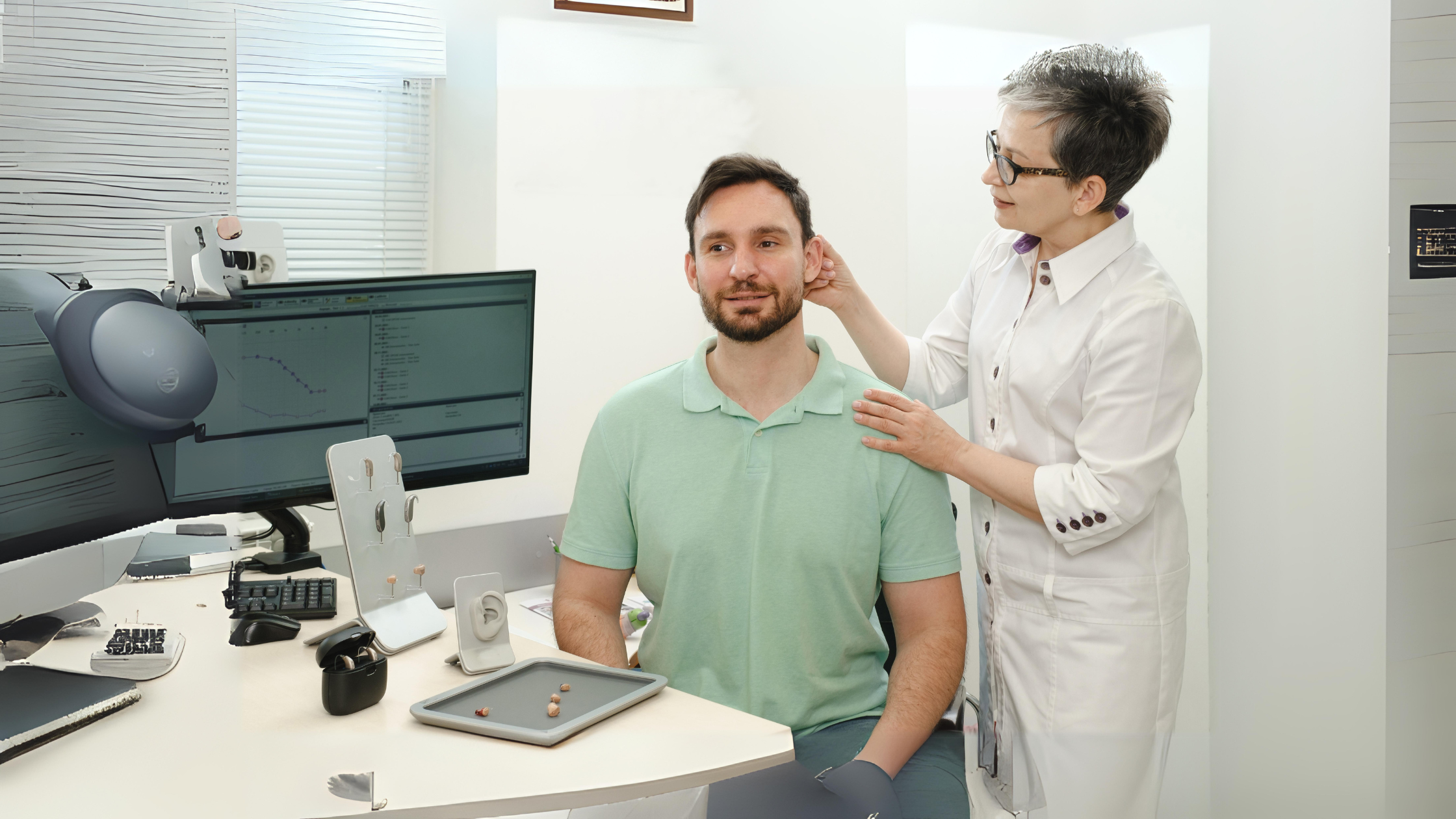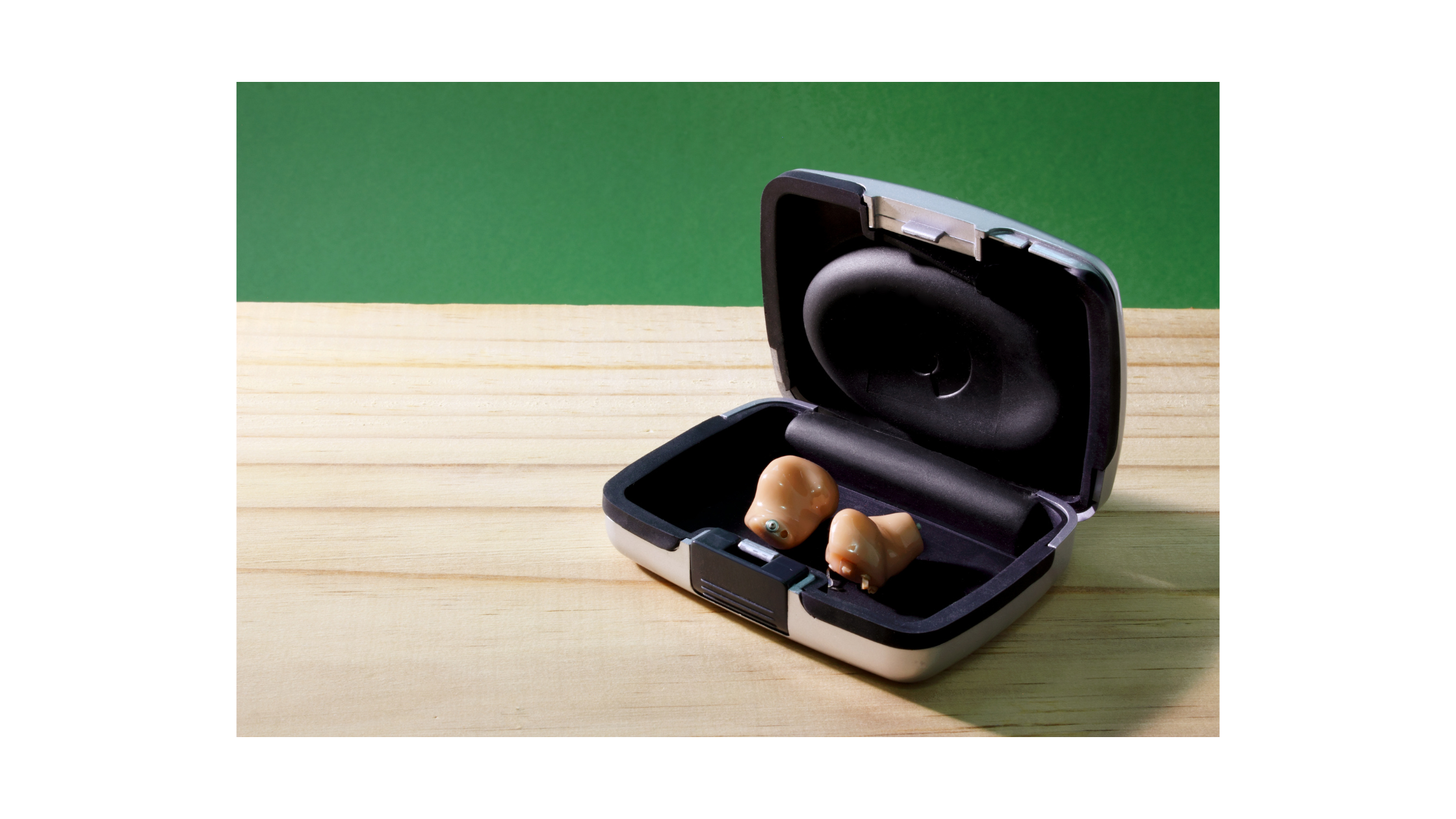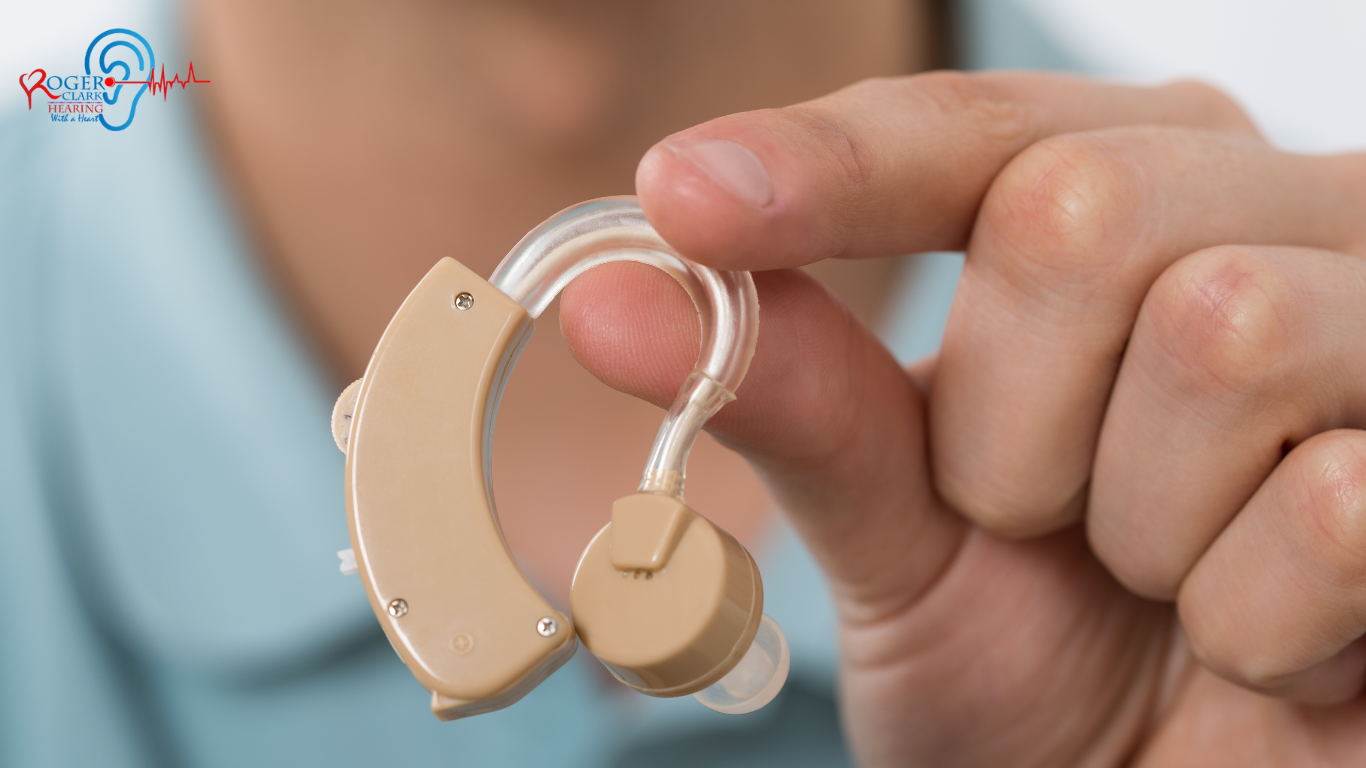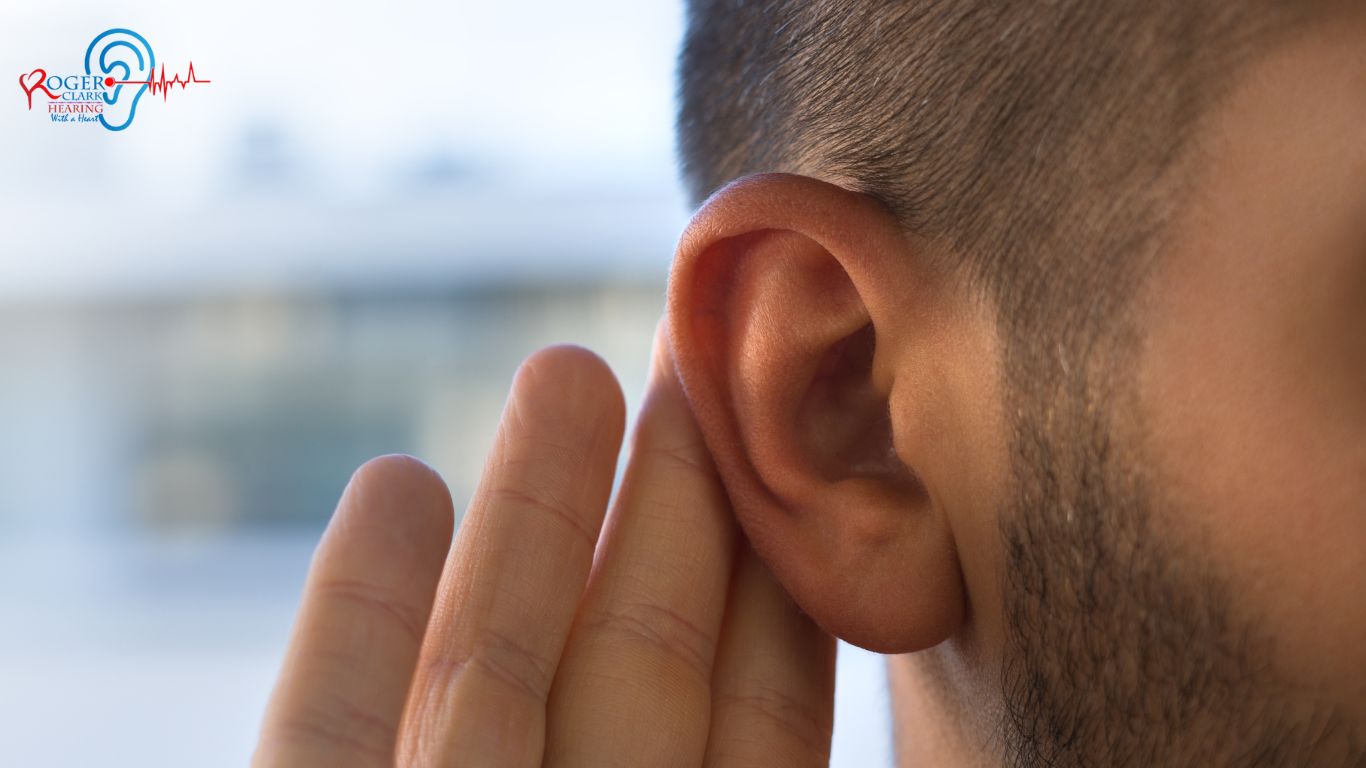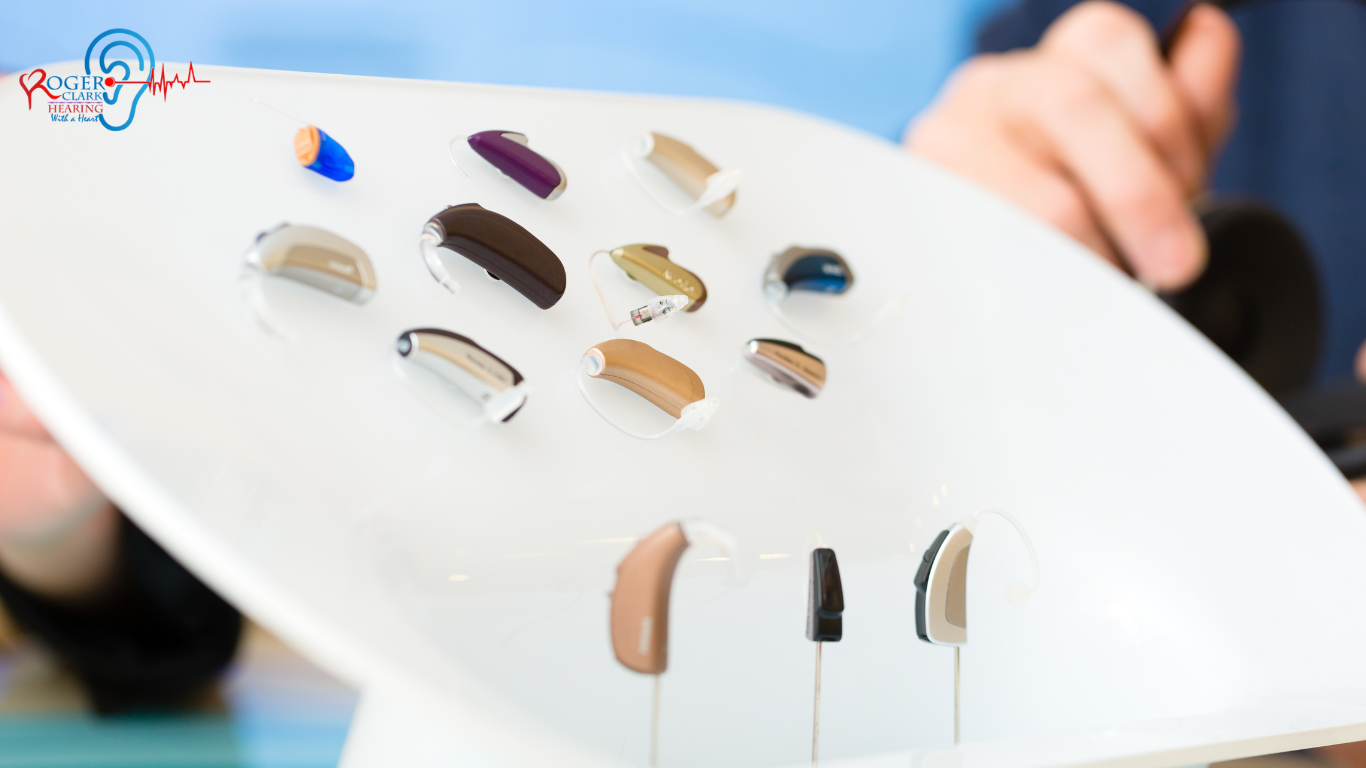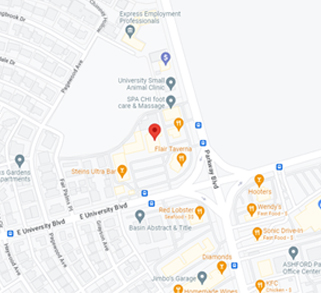Hearing loss is more than just an inconvenience—it can significantly affect your quality of life, communication abilities, relationships, and overall well-being. Yet, many people don’t realize they’re experiencing hearing difficulties until it becomes severe. Early recognition and care can prevent these challenges from escalating, allowing you to maintain your active, fulfilling life.
At Roger Clark Hearing Centers, we specialize in identifying signs of hearing loss and providing solutions to improve your hearing health. Our team at Roger Clark Hearing Centers expert guidance and tailored solutions for your hearing challenges.
Understanding Hearing Loss
Hearing loss isn’t a one-size-fits-all issue. There are three primary types of hearing loss, each with unique causes and characteristics:
- Conductive Hearing Loss
This type occurs when sound is unable to travel to the inner ear. Causes often include earwax buildup, middle ear fluid, or issues with the eardrum or ear canal. - Sensorineural Hearing Loss
This form results from damage to the auditory nerve or inner ear. Aging, exposure to loud noises, and certain medical conditions are common causes. It is the most frequent type of hearing loss. - Mixed Hearing Loss
As the name suggests, this is a combination of conductive and sensorineural hearing loss.
Recognizing the early signs of hearing loss is critical for timely intervention. By addressing hearing challenges early, you can maintain better hearing health and avoid potential complications.
Also Read: Sensorineural vs. Conductive Hearing Loss: Understanding the Key Differences
Common Signs You May Need a Hearing Aid
-
Difficulty Understanding Conversations
Struggling to follow conversations, especially in noisy environments, is one of the most obvious indicators of hearing loss. If you find yourself frequently asking others to repeat themselves or missing parts of conversations, it’s time to schedule a hearing evaluation.
-
Sounds Seem Muffled or Faint
If every day sounds seem quieter or less distinct, it could signal hearing loss. Many individuals describe this as feeling like conversations or noises are muffled, which is often a hallmark of sensorineural hearing loss. A hearing test at our Waco Hearing Center can help identify the issue.
-
Increasing the Volume on Devices
Do you often turn up the volume on your TV, phone, or radio, only for others to complain that it’s too loud? This is a common early sign of hearing deterioration and warrants a professional evaluation.
-
Straining to Hear
If you constantly strain to catch what others are saying—especially in group settings or noisy spaces—it may be time to address your hearing health. Straining can lead to frustration, fatigue, and even avoidance of social activities.
-
Persistent Tinnitus
Tinnitus, a ringing, buzzing, or hissing sound in your ears, often accompanies hearing loss. While it can be caused by other factors, it’s important to consult a hearing specialist to determine if hearing aids could help alleviate the symptoms.
-
Avoiding Social Situations
People with untreated hearing loss often withdraw from social activities because they struggle to keep up with conversations. If you find yourself avoiding gatherings or feeling isolated, addressing your hearing could help restore your social connections.
-
Feedback from Family and Friends
Sometimes, loved ones notice your hearing difficulties before you do. If family members express concerns about your hearing or mention they have to repeat themselves often, it’s worth investigating further.
-
History of Ear Infections or Noise Exposure
If you’ve experienced frequent ear infections, been exposed to loud noises, or have a family history of hearing loss, you may be at a higher risk. Routine hearing evaluations are crucial for early detection and management.
The Importance of Early Intervention
Addressing hearing loss early isn’t just about improving your hearing—it’s about protecting your overall health and well-being. Left untreated, hearing loss can contribute to:
- Cognitive Decline
Studies show a link between untreated hearing loss and an increased risk of dementia and cognitive decline. - Mental Health Challenges
Struggling to communicate can lead to feelings of loneliness, frustration, anxiety, and depression. - Reduced Quality of Life
Hearing loss can limit your ability to fully engage in social activities, hobbies, and meaningful interactions.
Taking proactive steps to address hearing loss ensures you can continue enjoying life to the fullest.
What to Expect at Roger Clark Hearing Centers
At Roger Clark Hearing Centers, we’re dedicated to helping you take control of your hearing health. While we don’t offer medical diagnoses, we provide comprehensive evaluations and expert recommendations to guide your next steps.
Comprehensive Hearing Evaluation
When you visit us, you’ll receive a thorough hearing assessment, which includes:
- Hearing Tests
We use a variety of hearing tests to determine the type and degree of your hearing challenges. - Medical History Review
Understanding your medical history helps us recommend the best hearing solutions for you. - Discussion of Symptoms
We’ll listen to your concerns and experiences to tailor our approach to your specific needs.
Personalized Recommendations
Based on your evaluation, we’ll offer solutions designed to fit your lifestyle and hearing needs, such as:
- Hearing Aids
Our center offers a variety of state-of-the-art hearing aids with features like Bluetooth connectivity and rechargeable batteries. - Assistive Listening Devices
For those who don’t need hearing aids, we can recommend devices to enhance your listening experience. - Ongoing Support
We provide counseling, training, and follow-up care to ensure you’re comfortable with your hearing solutions.
Follow-Up Care
We believe that hearing care doesn’t end with your first appointment. Regular check-ups allow us to ensure your devices are functioning optimally and make adjustments as needed.
Take the First Step Toward Better Hearing
Your hearing health is too important to ignore. If you recognize any of the signs mentioned above, don’t wait—take action today. At Roger Clark Hearing Centers, we’re here to guide you on your journey to better hearing and a higher quality of life.
Early intervention can make all the difference in managing hearing loss. It allows you to rediscover the joy of life’s sounds and reconnect with loved ones. Contact us to schedule an evaluation and start your path to improved hearing today!



